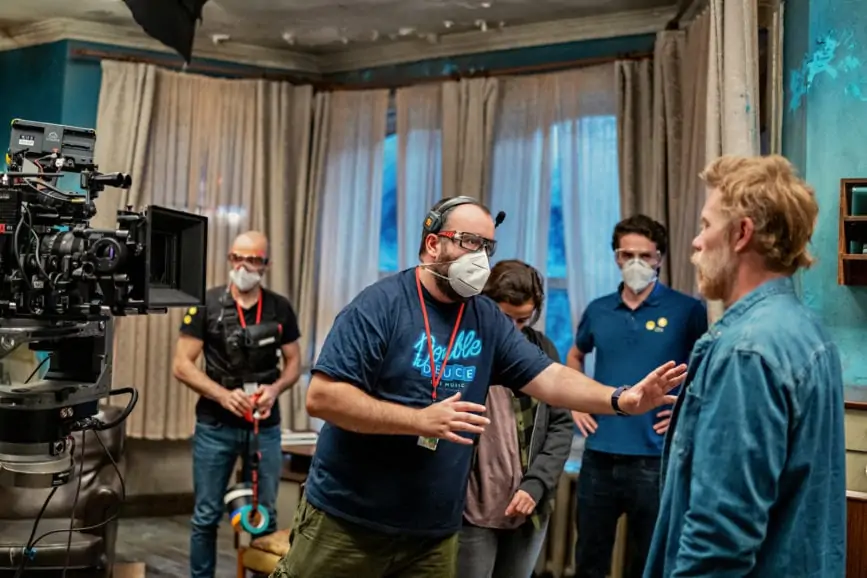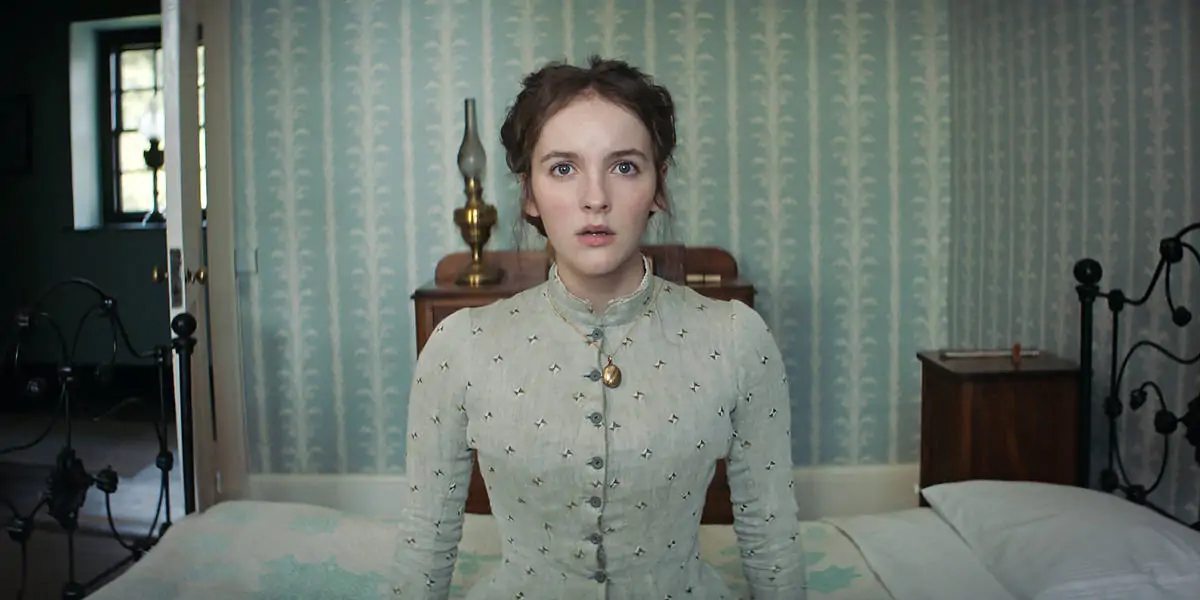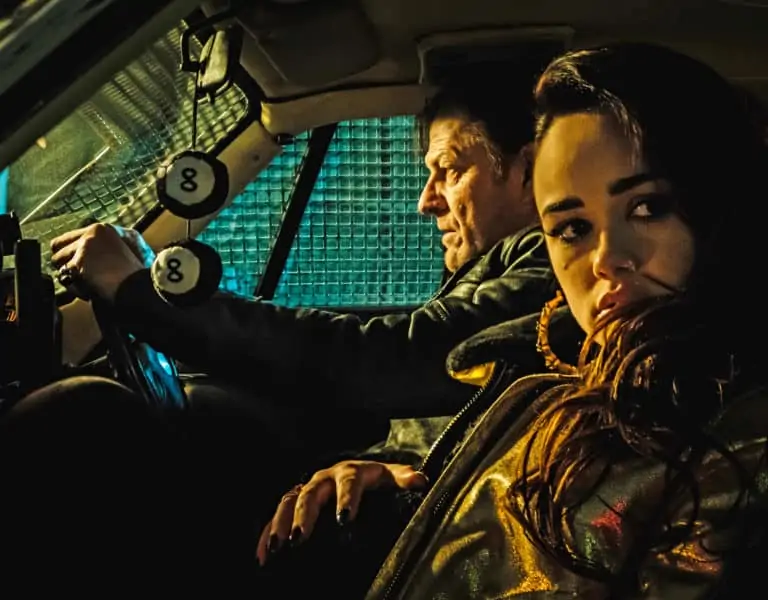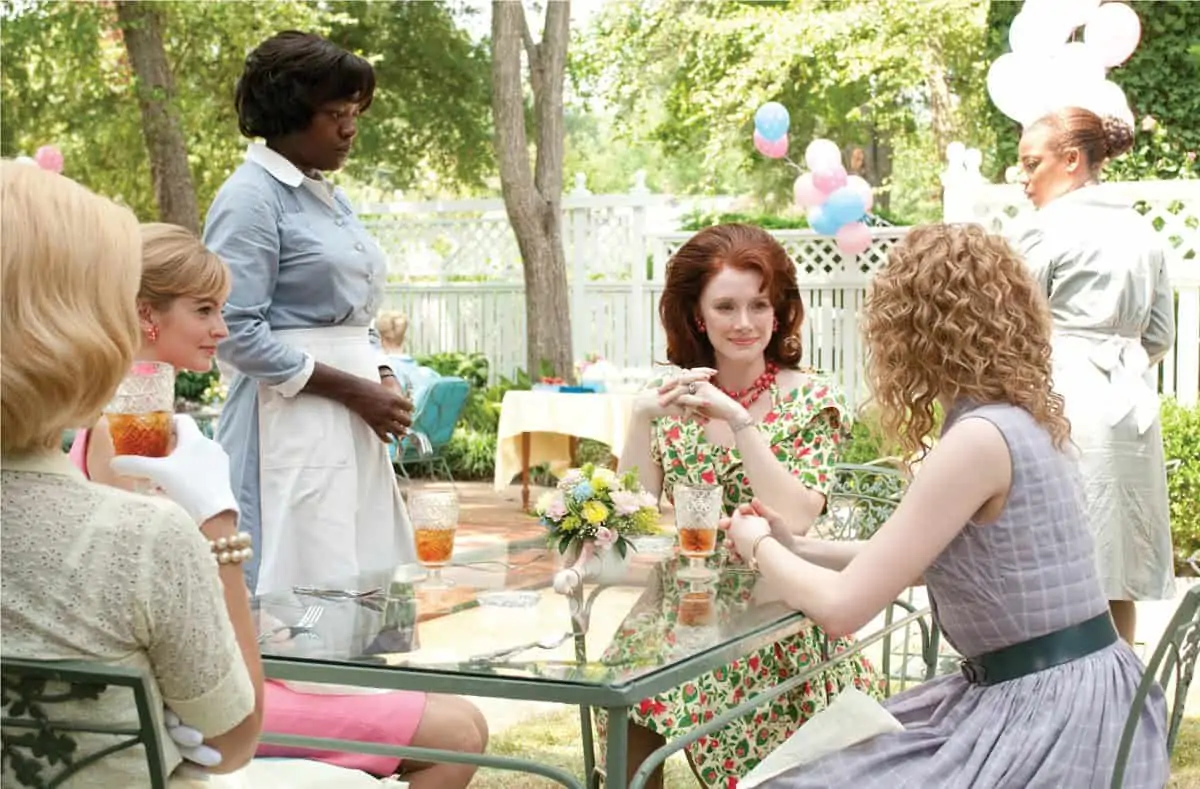NO ESCAPE
Stephen Murphy BSC ISC discusses creating and shooting spaces to ensure the audience remained visually engaged in the on-screen adaptation of No One Gets Out Alive and how especially vital the relationship between the cinematographer and production designer was in the process.
A suitably grim setting is a common prerequisite for a horror movie. The screen adaptation of Adam Nevill’s novel No One Gets Out Alive, directed by Santiago Menghini, moves the narrative from Nevill’s north London to the equally wintry streets of Cleveland, Ohio, starring Cristina Rodlo as a boarding house tenant who begins to realise that dark secrets are being kept in the building. In reality, the production worked largely on set in Romania, provoking a close collaboration between cinematographer Stephen Murphy BSC ISC and production designer Chris Richmond.
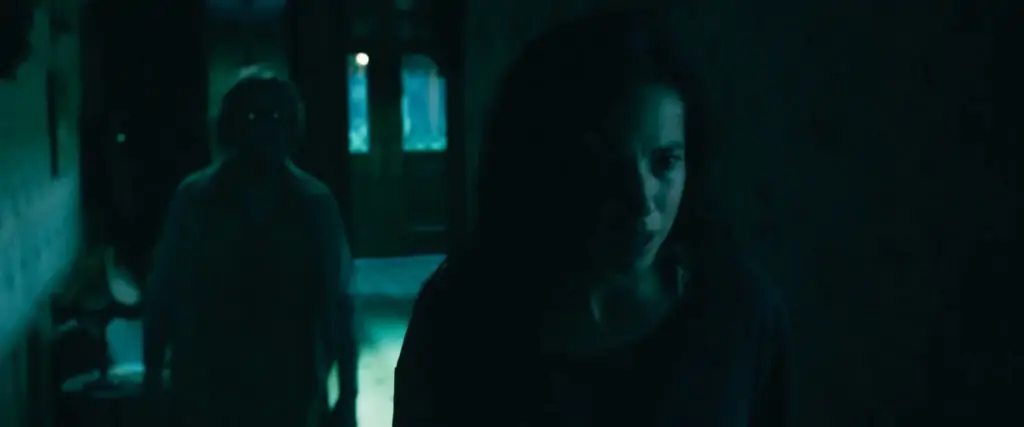
No One Gets Out Alive, the adaptation from Andy Serkis’ company Imaginarium, was produced by Jonathan Cavendish and Phil Robertson, with whom Murphy had worked on the BBC miniseries Death and Nightingales. “At the very beginning of our prep the director, our fantastic production designer, Chris, and I spent a weekend page-turning the script and figuring out what the design of the main location could be,” Murphy begins. “Most of the story takes place inside this large, old house, so we wanted to create a space that would keep the audience visually engaged and give us an interesting canvas to work with.
“We decided we’d shoot plates in Cleveland, do a partial exterior ground floor build in Romania, and complete that exterior with CGI set extensions. There was a vacant plot on the backlot in Romania, and Chris built the facade of the ground floor and VFX extended the building. We had planned from the beginning to take that approach so Chris wouldn’t be limited by the space of a pre-existing exterior, and we didn’t need to worry about matching spaces.”
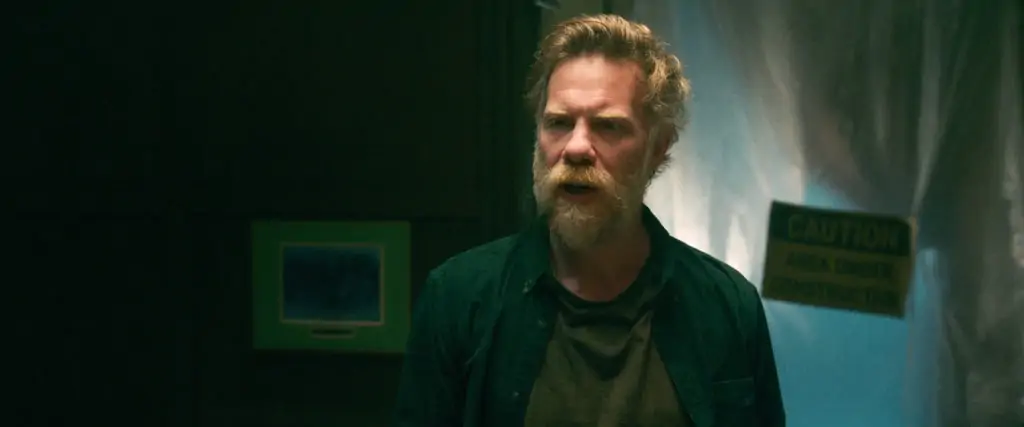
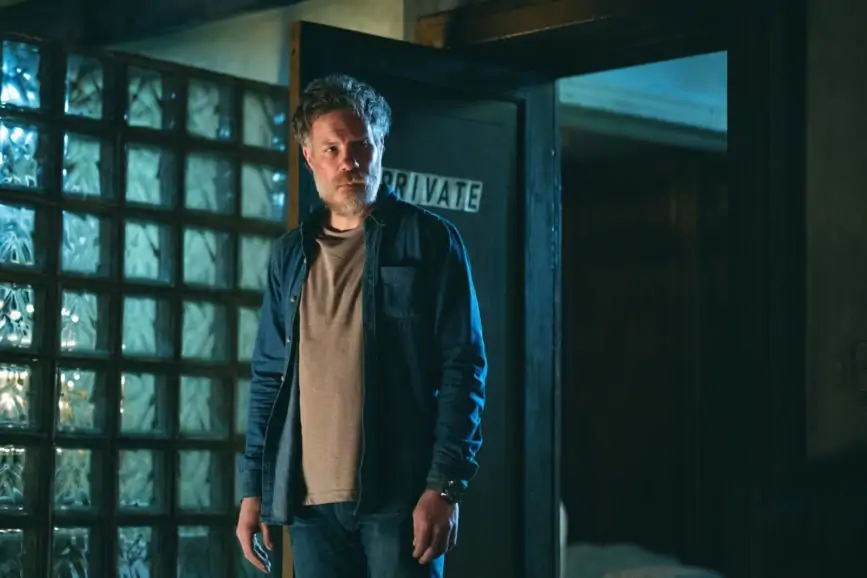
Richmond and Murphy collaborated on a series of camera tests, evaluating textures, colours and details such as light fittings, screening the results at London post house X2X under the supervision of colourist Dan Moran. The build would occupy several stages at Buftea Studios, just outside Bucharest, although Murphy confirms that spot locations included a railyard and, particularly, a train car filled with flickering lights. “We had a very small window to shoot that train for real. We replaced all the tubes, so we’d have the normal tubes at a colour temperature I wanted, and we literally had someone in the cab of the train flicking a light switch on and off!”
Interior setups, mainly top-lit, were deliberately underexposed two and a half to three stops. “The question of how dark to be is one that I encounter on probably every project I’ve ever shot,” Murphy says. “I naturally veer toward darker images; I’m more interested in them.” Rather than backlighting Rodlo, Murphy describes “adding light to the background wall… It’s about creating layers of underexposed tones in the house, so she separates.”
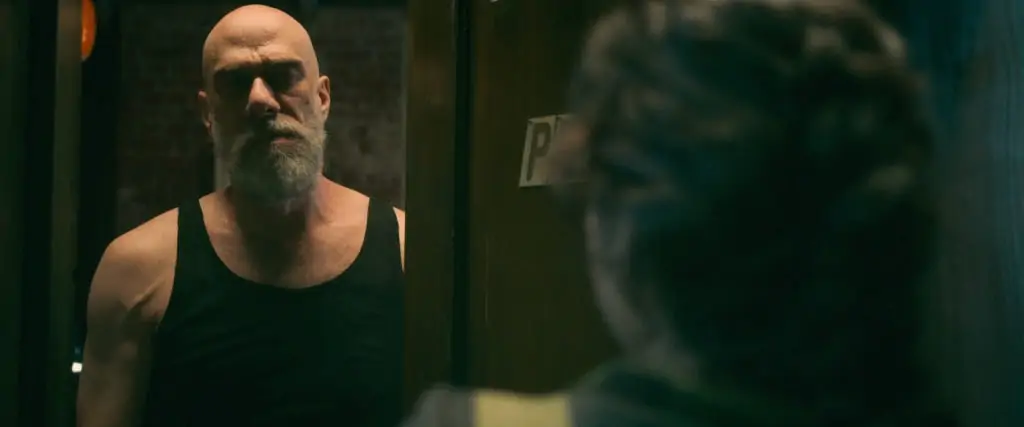
Murphy preferred a less-pristine image to complement the darkness, using the Sony Venice exclusively in its High Base ISO 2500 mode and always at 3200K, describing the results as “a level of texture I liked.” Having shot reference stills on a Leica camera, Murphy had come to appreciate the company’s lenses, and principally used Leica Thalia and Fujinon 28-100mm and 80-250mm Premista zooms, with Leica M0.8 and Panavision Primo 70 on special occasions. Tiffen’s Smoque and Ultra Contrast filters, as well as Digital Diffusion FX, helped to control excessive detail.
Originally, Murphy had intended to use a traditional tungsten lighting package but ran into power problems as the sets increased in number. “In the end, we only carried a pair of 20K tungsten Fresnels and a handful of smaller tungsten lights. Everything else was a combination of Skypanel S360s, Skypanel S120s, Kino-Flo Freestyle and Rosco Maxi-Mix. We even had two of the new Cineo R15.” Testing the R15, Murphy was pleased to find that “tungsten looks better on skin, but only a little bit. You could do all the normal studio stuff on the Cineos.”
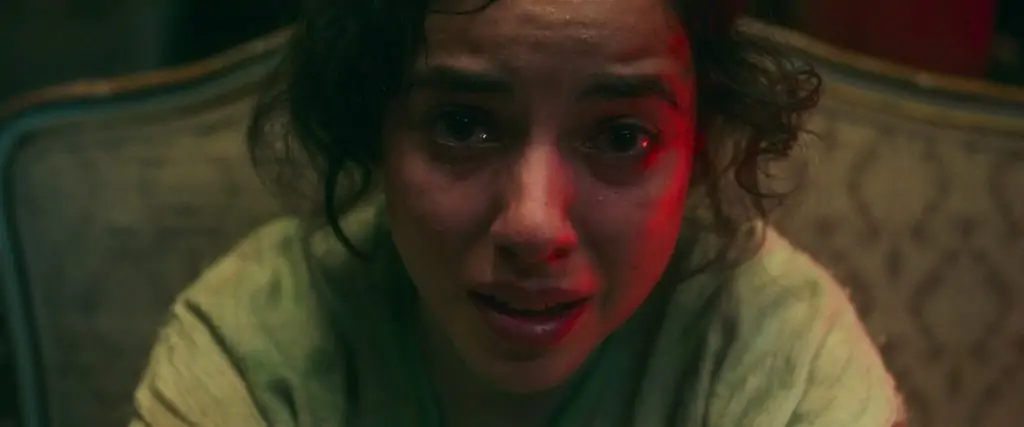
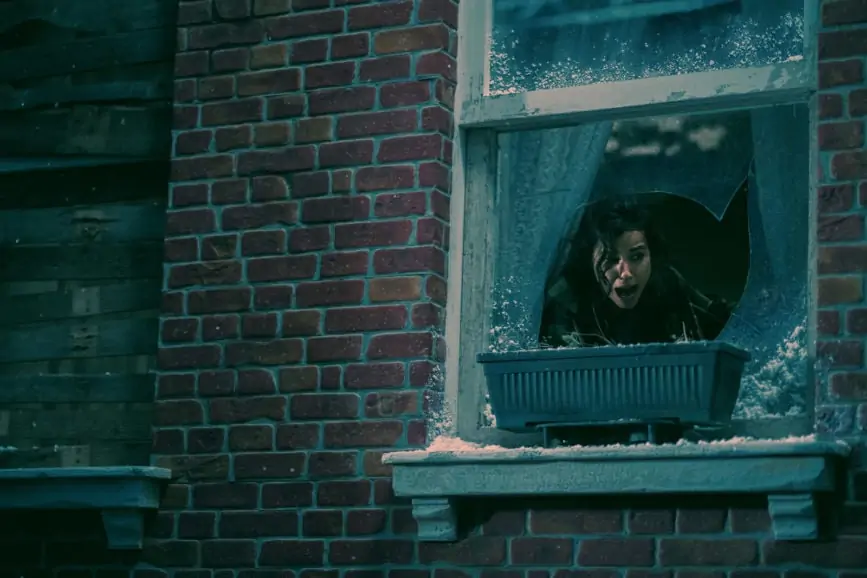
At the other end of the energy scale, a scene lit by hundreds of candles used a combination of real and simulated flames. “The art department bought tonnes and tonnes of candles and created bundles of them – five or six candles together in a group,” Murphy says. “Three of them would be real and in the other three, we’d have cored out the wick. My desk op built LED bulbs and ran them through a chase pattern that made them flicker. We could populate that room with a lot more candles than we could afford to!”
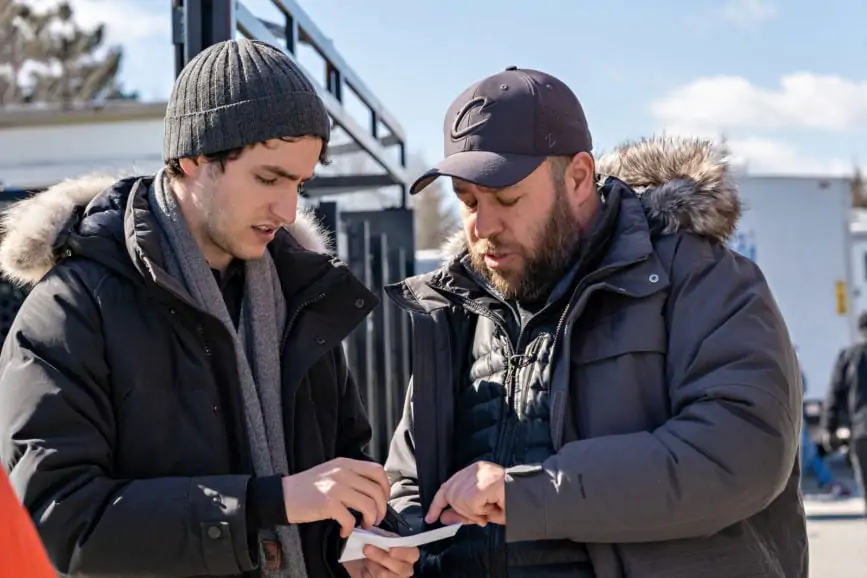
Final colour was back in the hands of Dan Moran at X2X. Given the controlled production design, Murphy notes, the grade was “not about adding or subtracting colour. “We’d done all that with our design choices, and the colour we’re using in the lights. If you get the wallpapers, practicals and the costumes looking correct, you only need to do a small amount of work in terms of getting your colour where you want it… then everything makes it looks better, rather than adding colour later which makes it look synthetic.”
After wrapping in Romania, Murphy spent three months in Atlanta shooting the eponymous TV series and is currently shooting commercials. He remembers No One Gets Out Alive as “a great example of how the designer-DP relationship works. You could set that script in a number of different spaces, but it needed to have a huge amount of character to sustain the amount of time the movie’s set in it.”
